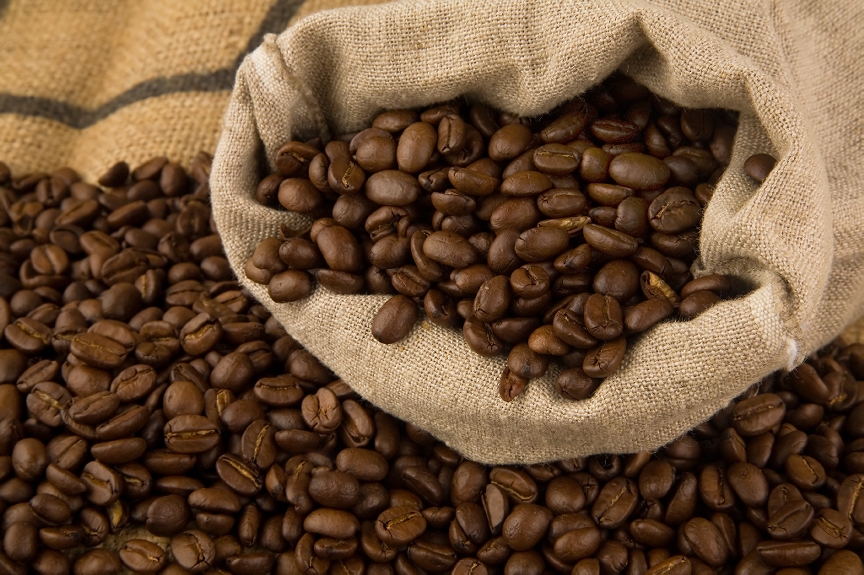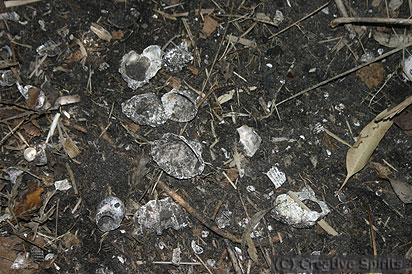This is the BIG QUESTION!
Has your local council satisfactorily resolved
the Hard Rubbish/Hard Waste on the Footpath issue, yet?
Generally speaking, Councils - and I can only speak from my Melbourne experience - have gone from something like twice-yearly general hard waste collections - put it on the footpath and they will come, between the stipulated dates. - to a "book it, put it on the footpath with a sticker, between the stipulated dates" system. Councils have gone from a general zonal system to an individualised site specific system complete with mailout and printed sticker
I'm not sure how Councils expect this way of doing things to be cheaper and effective -
and there's a Councillor at Yarra who says it's certainly not cheaper.
To be fair, Councils are between a rock and a hard place on this issue....
- It makes sense to give householders regular opportunities to relieve themselves of large items of waste. No system at all means back to the bad old days and ways - fridges in creeks, mattresses under bridges and so on.
- Under the zonal general pick-up system, Councils believed gleaners were an issue leaving footpaths messier than just the original site.
- Councils believed gleaners should be deterred and brought in new laws accordingly. Word soon spread (on my advice not justifiable in law) that once hard waste is on the footpath it is then Council property and for gleaners to remove it means that they are stealing and major fines are attached!
Here let me declare my interest. Miss Eagle is a gleaner and there are few circumstances in which she doesn't glean. In the long, long ago, before Councils had heard of hard waste on footpaths, I would seek out auction sales, garage sales, second hand shops. In fact, my first port of call is the hard rubbish on the footpath. I do admit once that 'Booked' sign goes up, I really do think twice about taking stuff. Some householders are getting too clever by half and tie up items for disposal with rope in such an in-and-out zig-zaggy way that it can be a bit difficult to remove a likely piece.
There are the householders at the other end of the continuum. They put out big mobs of stuff on the footpath, don't put a 'Booked' sticker on it - or may long after the event. There it is open to everyone and open to rain, hail or shine. Perhaps they think they are being generous to gleaners - and that may be.
However, all rubbish is not equal.
Some is grotty, horrible stuff which should be in plastic bags in a rubbish bin.
The reason this blog came into existence is because I am thoroughly cheesed off by what I have seen in my gleaning. As I have already said, grot is put out which should be in a plastic bag and put in the standard rubbish pick up. Some is recyclable and could go in the blue (or whatever your recycling colour is) bin. Above all, so many in my neighbourhood are only five minutes or less away from the Salvos and Vinnies and don't seem to be bothered to take appropriate stuff there.
I don't want to appear an ungrateful gleaner but a few facts have to be remembered at the gleaning end:
- Just as all rubbish is not equal, all gleaners are not.
- Some gleaners break and pull things apart and generally make a mess as they fossick and glean.
- Some, like me, are the opposite. We try to place things back as they were. We deliberately set out NOT to make a mess.
- Where the householder is around, permission is asked.
- People glean for different things. I once met a man with a ute and a disability collecting metal to sell to a scrap-metal dealer. This was to eke out his disability pension. I glean houshold and gardening items. I have been renovating furniture for forty years. I have a good eye for making useful, even beautiful, what others reject. This gift has been passed on to my children and my daughter has passed it on to her partner. What I seek the metal collector will pass by and vice versa.
- There are professionals. My daughter met last year the owner of a well-known antique shop in a well-heeled suburb as he was gleaning too. He explained that the second hand section accessed by a separate entrance at the rear of the antique shop had seen his business through many a lean year. And why not? Small business faces continual pressures and hardships that Wall Street and Reserve Banks don't recognize nor do they understand.
So how does all this get sorted out?
Firstly, we have to realise that rubbish will always be with us and will never be entirely eliminated. Aboriginal midden heaps of great antiquity are still with us and some are protected by government.
Secondly, we have to realise that gleaners will always be with us and will never be entirely eliminated. I jokingly say that we gleaners are the third oldest profession - after the first two unmentionable ones.
We are mentioned in the bible.
It is suggested that most gleaners are women. I would modify this statement because in very poor populations across the word, the gleaners are often children.
So we have two irresistible forces. We have rubbish - far too much of it. We have gleaners - but probably not in sufficient numbers to spirit the waste off Melbourne's footpaths.
We have health factors to consider.
I think that, to deal effectively and cheaply with disposal of rubbish, we have to focus on the diminution of rubbish and waste. We are already making inroads at the household level so that we can say with a degree of certainty that there is a good level of understanding about recycling. This comes at the disposal end. What we lack is a satisfactory level of understanding about acquisition.
Acquisition is a behaviour that dares not speak its name.
Acquisition provides a lot of business.
Acquisition provides a lot of jobs.
Public education programs are needed so that people consider acquisition and its impact.
More stuff,more storage, more storage, more outgoings,
more outgoings, more credit, more credit more interest,
more interest less savings, less savings less superannuation....
PLEASE CONSIDER!





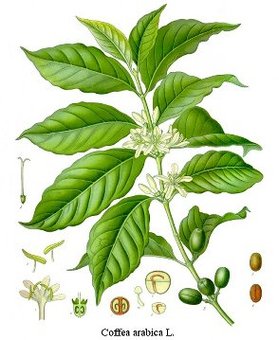 The tale of how
The tale of how 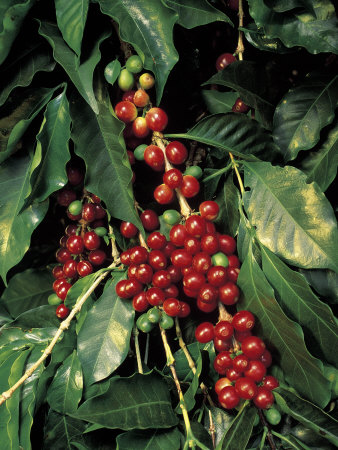
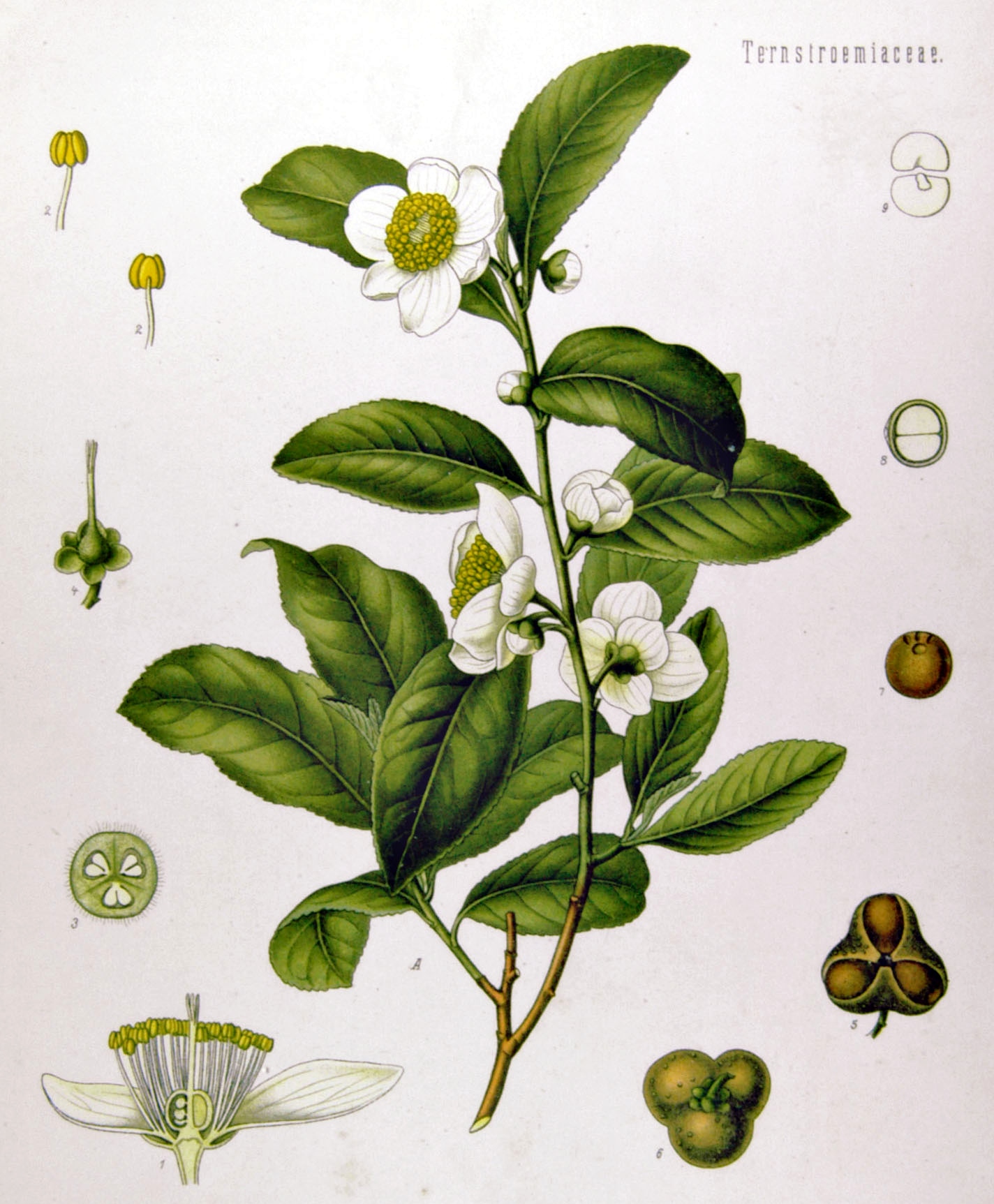 After water,
After water,  monkeys to gather the tips from the top of wild trees, today Monkey Picked Tea refers to the best quality Oolong tea available, it is not however picked by monkeys. It is only the fresh new tip of the tea plant that are picked, the leaves are then wilted and bruised to promote oxidation, they then go through fermentation, fixation, sweltering, rolling, shaping, drying, aging and curing before they are packaged for the pot.
monkeys to gather the tips from the top of wild trees, today Monkey Picked Tea refers to the best quality Oolong tea available, it is not however picked by monkeys. It is only the fresh new tip of the tea plant that are picked, the leaves are then wilted and bruised to promote oxidation, they then go through fermentation, fixation, sweltering, rolling, shaping, drying, aging and curing before they are packaged for the pot. 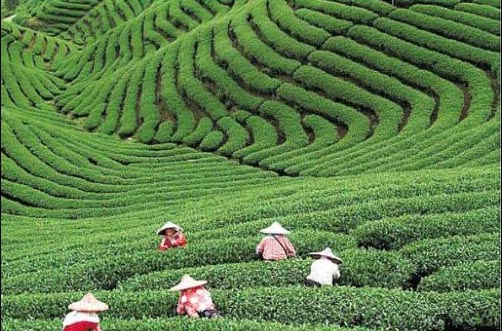 beverage. Black
beverage. Black 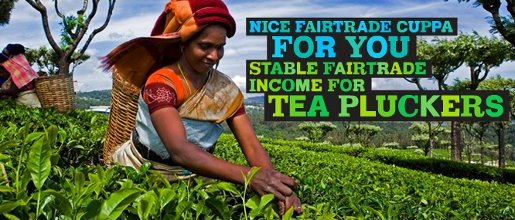 social decisions every time we spend our hard earned money. Both
social decisions every time we spend our hard earned money. Both 